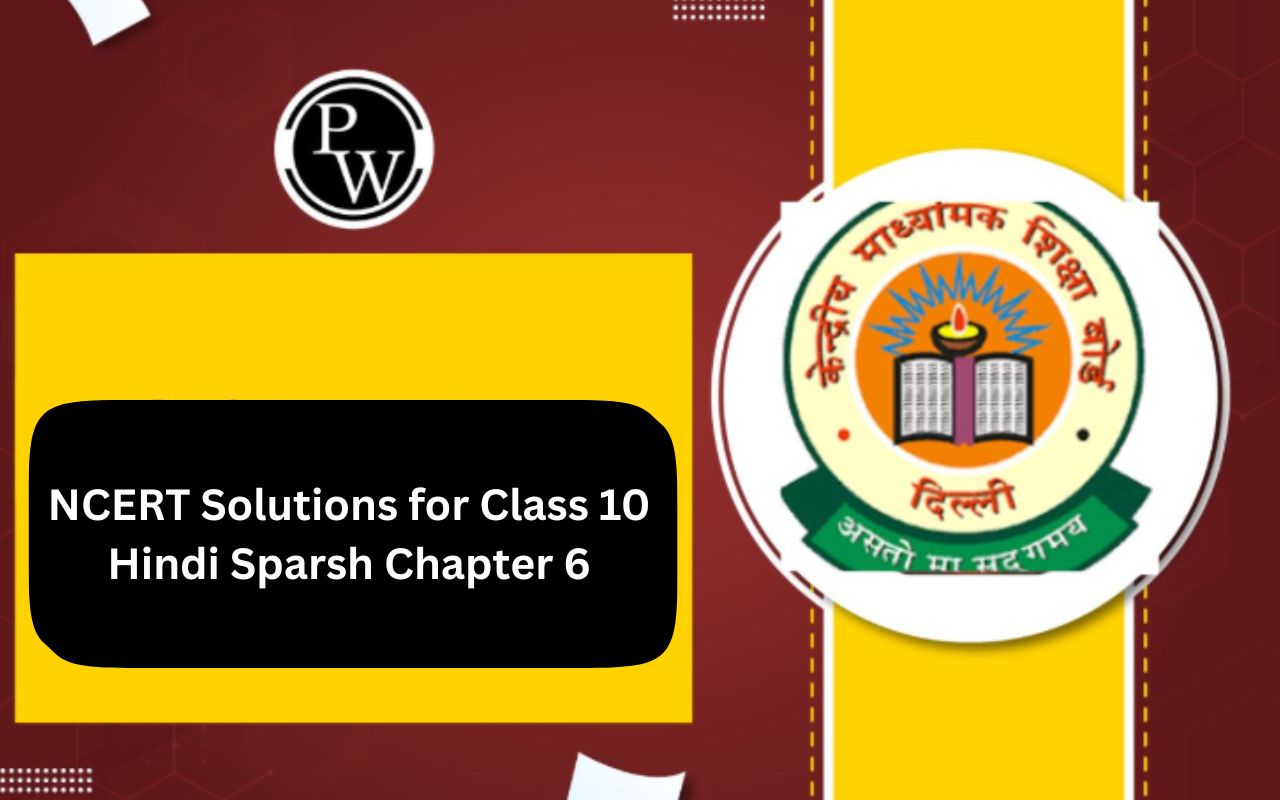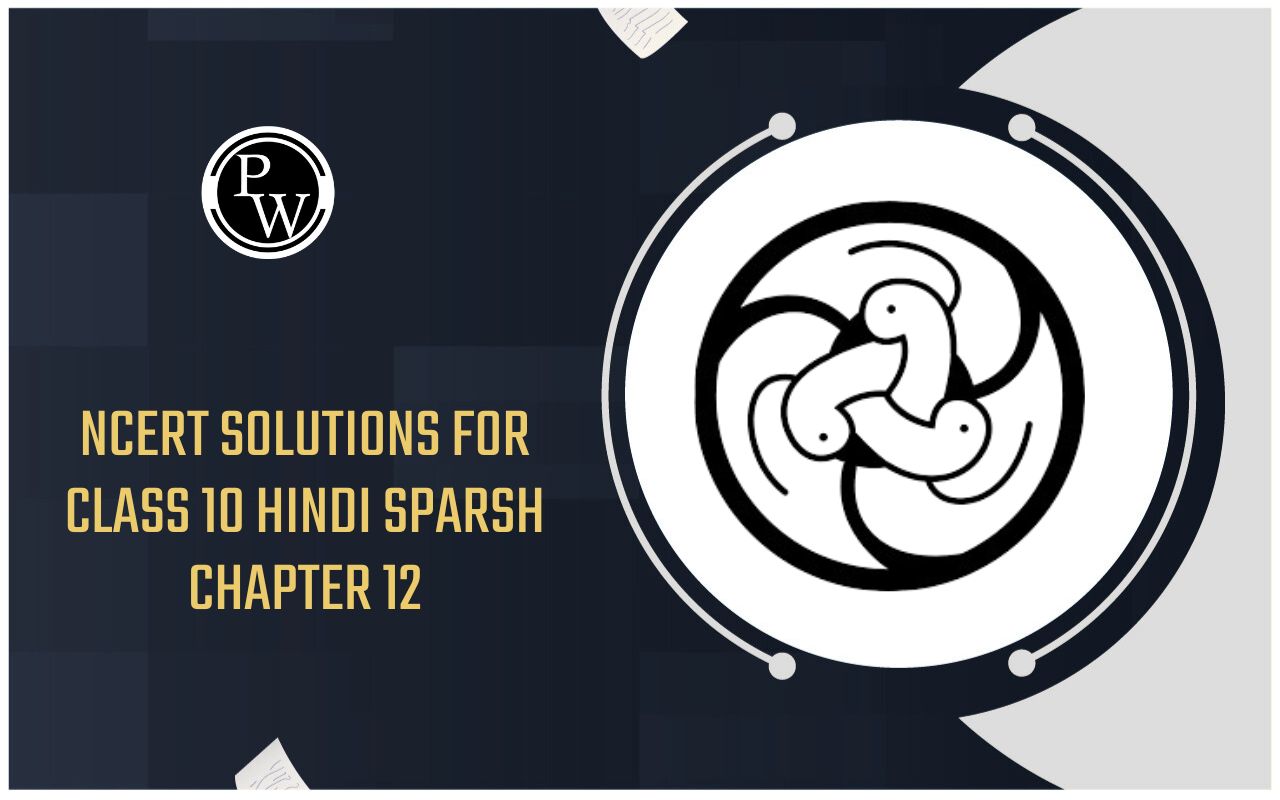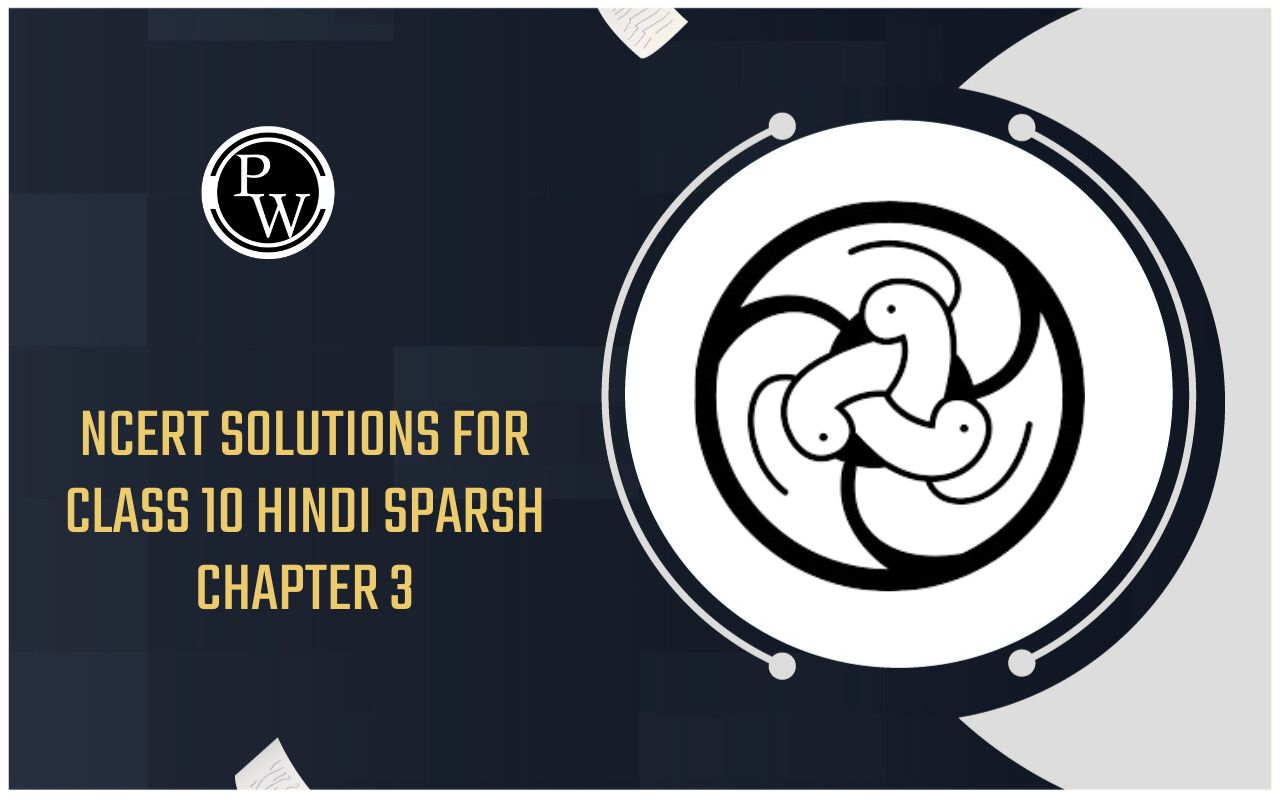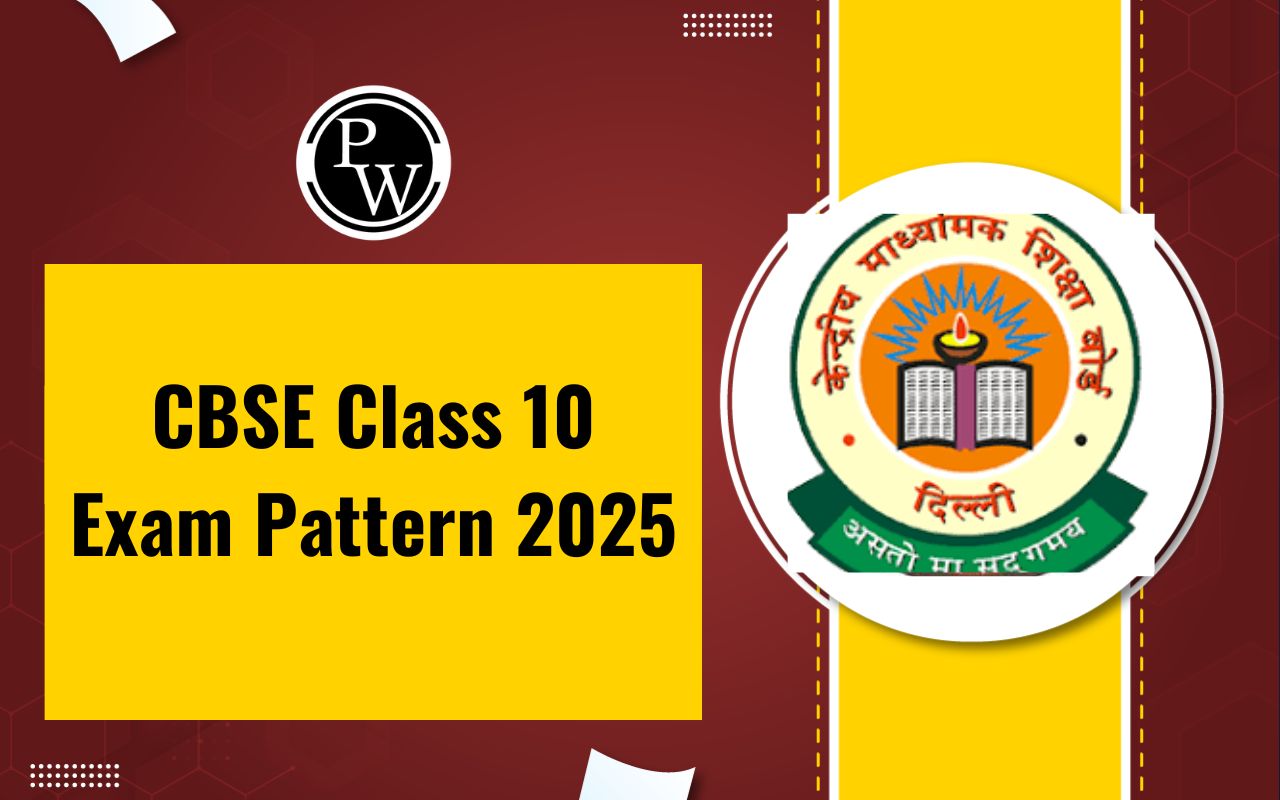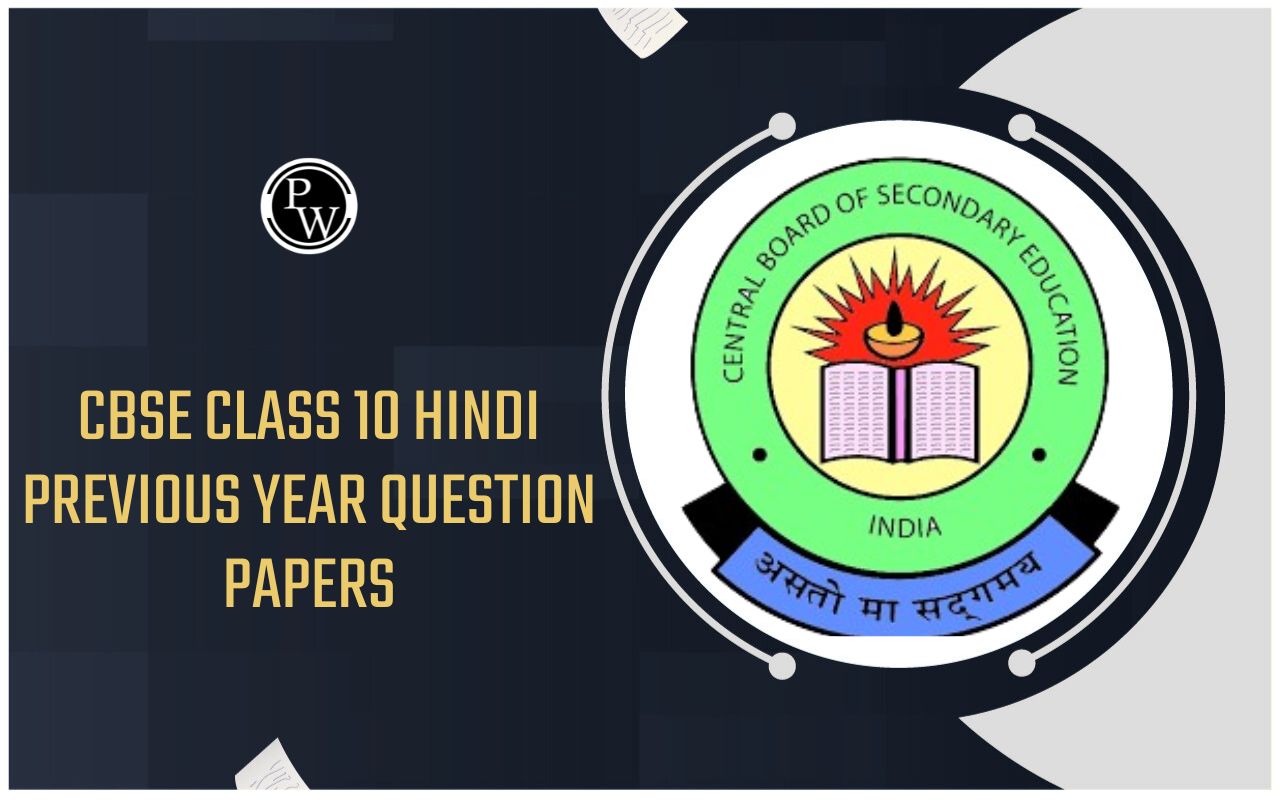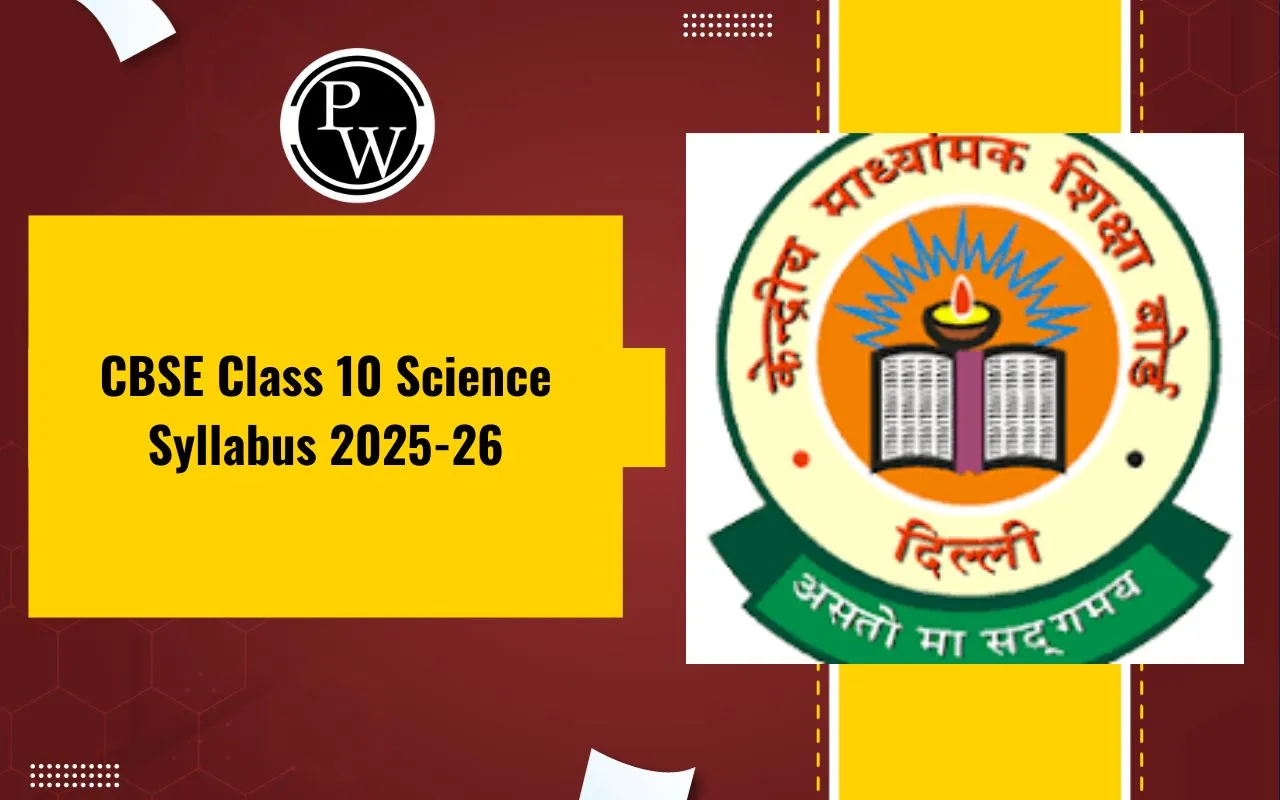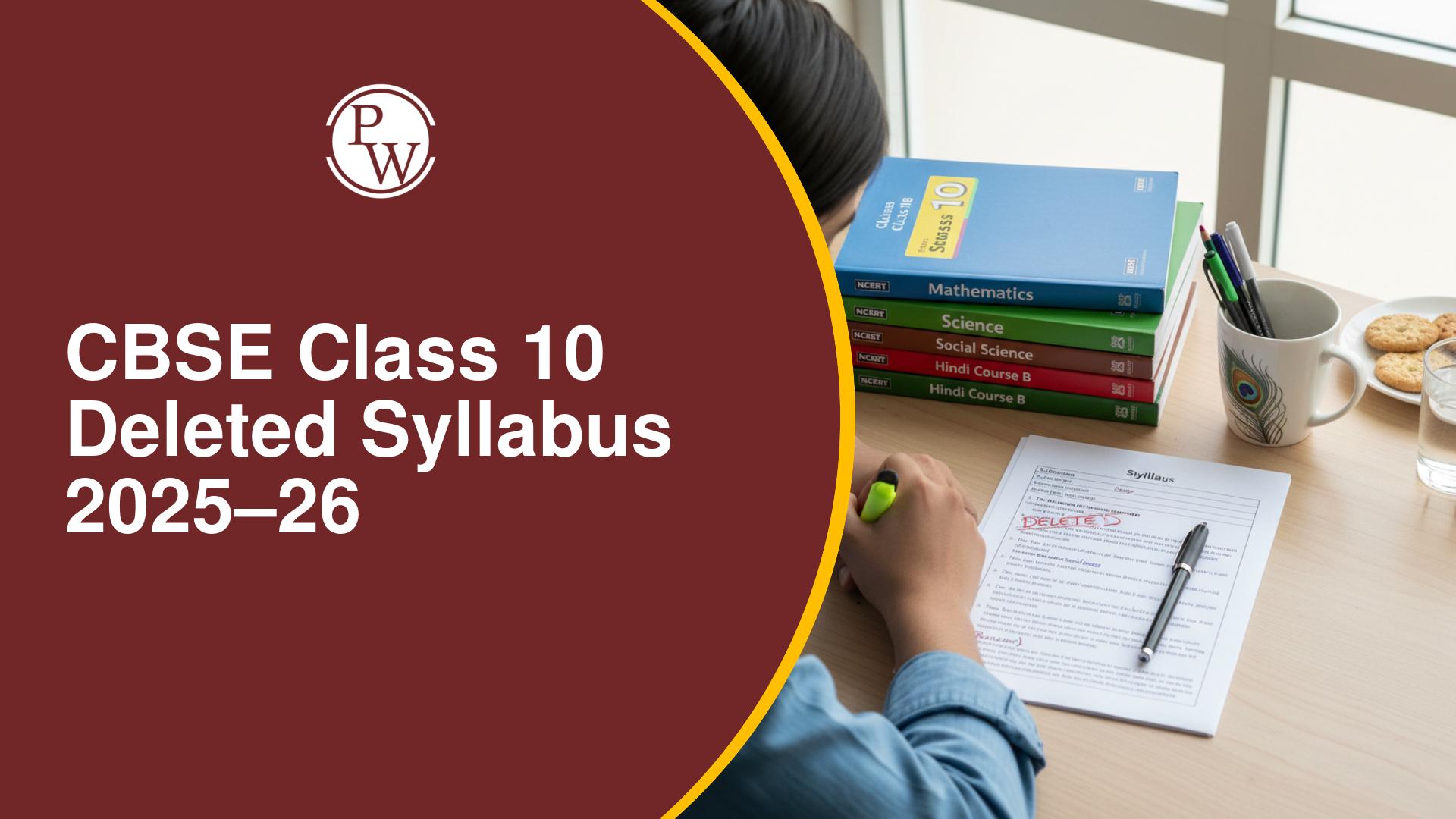
Important Questions for Class 10 Maths Chapter 3 : Important questions for Chapter 3 Linear Equations In Two Variables, along with solutions, have been compiled for Class 10 Mathematics students preparing for the CBSE board exam 2022-2023.
These questions are specifically created to help students achieve high marks by covering key topics outlined in the NCERT syllabus. Created by subject experts through extensive research, these questions adhere to the latest exam pattern, making them an invaluable resource for exam preparation.
Chapter 3 delves into solving pairs of equations with two variables, and these solutions can be visually represented through graphs. By practicing these important questions, students can enhance their problem-solving skills and gain a solid understanding of the concepts.
Given that a few questions from this set may appear in the exam, diligent practice is recommended to ensure students are well-prepared. Students are encouraged to work on the supplementary questions provided at the end of the page for a comprehensive grasp of the material, ultimately aiming for maximum success in the board exam.
Important Questions for Class 10 Maths Chapter 3 Overview
In this article, we comprehensively address a range of question types crucial for CBSE Class 10 Mathematics Board exams. The questions include multiple-choice, objective, short answer, long answer, and case study types, each accompanied by detailed solutions. These questions serve as invaluable preparation aids, complementing other resources available to students.
By engaging with this diverse set of questions, students can fortify their preparation strategy for the CBSE Class 10 Mathematics Board exam in the academic year 2023-2024. These questions are designed to help students master the variety of question formats that may appear in the exams, ultimately enabling them to achieve excellent scores.
Chapter 3: Pair of Linear Equations in Two Variables: This chapter falls under the unit "Algebra," carrying a weightage of 20 marks. It covers essential topics such as pair of linear equations in two variables, the graphical method of their solution, and considerations of consistency or inconsistency.
Students will explore algebraic conditions determining the number of solutions. The chapter also addresses the algebraic solutions of a pair of linear equations in two variables through methods like substitution and elimination. Students will tackle simple situational problems, enhancing their practical application of the concepts learned.
By focusing on Chapter 3, students can build a robust understanding of Pair of Linear Equations in Two Variables, contributing significantly to their overall preparation for the Class 10 Mathematics Board exam.
Class 10 Maths Chapter 3 Pair of Linear Equations in Two Variables Important Questions With Answers
Q.6. The pair of the equations y = 0 as well as y = –7 have
(A) one solution (B) two solutions
(C) infinitely many solutions (D) no solution
Solution: (D) no solution
Explanation: The given pair of the equations are y = 0 as well as y = – 7.
Graphically, both the given lines are parallel as well as have no solution
Q.7. Solve the following pair of linear equations by the substitution method.
(i) x + y = 14 x – y = 4
(ii) 3x – y = 3 9x – 3y = 9
Solution:
(i) Given, x + y = 14 and x – y = 4 are the two equations. From 1st equation, we get, x = 14 – y Now, put the value of x in second equation to get, (14 – y) – y = 4 14 – 2y = 4 2y = 10 Or y = 5 By the value of y, we can now find the value of x; ∵ x = 14 – y ∴ x = 14 – 5 Or x = 9 Hence, x = 9 and y = 5.
(ii) Given, 3x – y = 3 and 9x – 3y = 9 are the two equations. From 1st equation, we get, x = (3 + y)/3 Now, substitute the value of x in the given second equation to get, 9[(3 + y)/3] – 3y = 9
⇒ 3(3+y) – 3y = 9 ⇒ 9 + 3y – 3y = 9 ⇒ 9 = 9 Therefore, y has infinite values and since, x = (3 + y)/3, so x also has infinite values.
Q.7. The coach of a cricket team buys 7 bats and 6 balls for Rs.3800. Later, she buys 3 bats and 5 balls for Rs.1750. Find the cost of each bat and each ball.
Solution:
Let the cost of a bat be x and the cost of a ball be y. According to the question, 7x + 6y = 3800 ………………. (i) 3x + 5y = 1750 ………………. (ii) From (i), we get;
y = (3800 – 7x)/6 …………………… (iii) Substituting (iii) in (ii). we get, 3x + 5[(3800 – 7x)/6] = 1750 ⇒3x + (9500/3) – (35x/6) = 1750 3x – (35x/6) = 1750 – (9500/3)
(18x – 35x)/6 = (5250 – 9500)/3 ⇒-17x/6 = -4250/3 ⇒-17x = -8500 x = 500 Putting the value of x in (iii), we get;
y = (3800 – 7 × 500)/6 = 300/6 = 50 Hence, the cost of a bat is Rs 500 and the cost of a ball is Rs 50.
Q.8. Do the following equations represent the pair of coincident lines? Justify your answer.
(i) 3x + 1/7y = 3
7x + 3y = 7
(ii) –2x – 3y = 1
6y + 4x = – 2
(iii) x/2 + y + 2/5 = 0
4x + 8y + 5/16 = 0
Solution: Condition for coincident lines,
a1/a2 = b1/b2 = c1/c2;
(i) No.
as Given pair of linear equations are:
3x + 1/7y = 3
7x + 3y = 7
Comparing the above equations ax + by + c = 0;
where, a1 = 3, b1 = 1/7, c1 = – 3;
as well as a2 = 7, b2 = 3, c2 = – 7;
a1 /a2 = 3/7
b1 /b2 = 1/21
c1 /c2 = – 3/ – 7 = 3/7
where, a1/a2 ≠ b1/b2.
Thus, the given pair of linear equations has a unique solution.
(ii) Yes,
Given a pair of the linear equations.
– 2x – 3y – 1 = 0 and 4x + 6y + 2 = 0;
as Comparing the above equations ax + by + c = 0;
where, a1 = – 2, b1 = – 3, c1 = – 1;
And a2 = 4, b2 = 6, c2 = 2;
a1 /a2 = – 2/4 = – ½
b1 /b2 = – 3/6 = – ½
c1 /c2 = – ½
where, a1/a2 = b1/b2 = c1/c2, i.e. coincident lines
Therefore, the given pair of linear equations is coincident.
(iii) No,
Given pair of the linear equations are
x/2 + y + 2/5 = 0
4x + 8y + 5/16 = 0
by comparing the above equations ax + by + c = 0;
where, a1 = ½, b1 = 1, c1 = 2/5;
as well as a2 = 4, b2 = 8, c2 = 5/16;
a1 /a2 = 1/8
b1 /b2 = 1/8
c1 /c2 = 32/25
where, a1/a2 = b1/b2 ≠ c1/c2, i.e. parallel lines
Thus, the given pair of linear equations has no solution.
Q.9. Form the pair of linear equations in the following problems, and find their solutions (if they exist) by the elimination method:
(i) Five years ago, Nuri was thrice as old as Sonu. Ten years later, Nuri will be twice as old as Sonu. How old are Nuri and Sonu?
Solution:
Let us assume, the present age of Nuri be x. And the present age of Sonu is y. According to the given condition, we can write as; x – 5 = 3(y – 5) x – 3y = -10…………………………………..(1) Now, x + 10 = 2(y +10) x – 2y = 10…………………………………….(2) Subtract eq. 1 from 2, to get, y = 20 ………………………………………….(3)
Substituting the value of y in eq.1, we get, x – 3(20) = -10 x – 60 = -10 x = 50 Therefore, The age of Nuri is 50 years The age of Sonu is 20 years.
Q.10. Solve the following pair of linear equations by the substitution and cross-multiplication methods: 8x + 5y = 9 3x + 2y = 4
Solution:
8x + 5y = 9 …………………..(1) 3x + 2y = 4 ……………….….(2) From equation (2) we get;
x = (4 – 2y) / 3 ……………………. (3) Substituting this value in equation 1, we get 8[(4 – 2y)/3] + 5y = 9 32 – 16y + 15y = 27 -y = -5 y = 5 ……………………………….(4) Substituting this value in equation (2), we get 3x + 10 = 4
3x = -6 x = -2 Thus, x = -2 and y = 5.
Now, Using Cross Multiplication method: 8x +5y – 9 = 0 3x + 2y – 4 = 0
x/(-20 + 18) = y/(-27 + 32 ) = 1/(16 – 15) -x/2 = y/5 = 1/1 ∴ x = -2 and y =5.
Q.11. For which value(s) of k would the pair of given equations
kx + 3 y = k – 3
12 x + ky = k
have no solution?
Solution:
The given pair of the linear equations is as follows:
kx + 3y = k – 3 …(i)
12x + ky = k …(ii)
When we compare the equations (i) as well as (ii) with ax + by = c = 0,
We
observe,
a2 = 12, b2 = k, c2 = – k
a1 = k, b1 = 3, and c1 = -(k – 3)
Thus,
a1 /a2 = k/12
b1 /b2 = 3/k
c1 /c2 = (k-3)/k
For no solution of the pair of the given linear equations,
a1/a2 = b1/b2 ≠ c1/c2
k/12 = 3/k ≠ (k-3)/k
Taking the given first two parts, we have,
k/12 = 3/k
k2 = 36
k = + 6
Taking the given last two parts, we have,
3/k ≠ (k-3)/k
3k ≠ k(k – 3)
k2 – 6k ≠ 0
so, k ≠ 0,6
Thus, the value of k for which the given pair of the linear equations has no solution is k = – 6.
Q.12. Find the value(s) of k so that the pair of equations x + 2y = 5 and 3x + ky + 15 = 0 has a unique solution.
Solution:
Given,
x + 2y = 5
3x + ky + 15 = 0
Also, given that the pair of equations has a unique solution.
Comparing the given equations with standard form,
a 1 = 1, b 1 = 2, c 1 = -5
a 2 = 3, b 2 = k, c 2 = 15
Condition for unique solution is:
a 1 /a 2 ≠ b 1 /b 2
1/3 ≠ 2/k
k ≠ (2)(3)
k ≠ 6
Thus, for all real values of k except 6, the given pair of equations has a unique solution.
Q.13. Use elimination method to find all possible solutions of the following pair of linear equation:
2x + 3y = 8
4x + 6y = 7
Solution:
Given,
2x + 3y = 8….(i)
4x + 6y = 7….(ii)
Multiply Equation (1) by 2 and Equation (2) by 1 to make the coefficients of x equal.
4x + 6y = 16….(iii)
4x + 6y = 7….(iv)
Subtracting (iv) from (iii),
4x + 6y – 4x – 6y = 16 – 7
0 = 9, it is not possible
Therefore, the pair of equations has no solution.
Q.14. For which values of a and b, would the following pair of the given linear equations consist of infinitely many solutions?
x + 2 y = 1
( a – b ) x + ( a + b ) y = a + b – 2
Solution:
The given pair of the linear equations are as follows:
x + 2y = 1 ……(1)
(a-b)x + (a + b)y = a + b – 2 …..(2)
When we compare with ax + by = c = 0 we have,
a1 = 1, b1 = 2, c1 = – 1
a2 = (a – b), b2 = (a + b), c2 = – (a + b – 2)
a1 /a2 = 1/(a-b)
b1 /b2 = 2/(a+b)
c1 /c2 = 1/(a+b-2)
For infinitely many solutions, the pair of the given linear equations will,
a1/a2 = b1/b2=c1/c2 (here, coincident lines)
Thus, 1/(a-b) = 2/ (a+b) = 1/(a+b-2)
Taking the given first two parts,
1/(a-b) = 2/ (a+b)
a + b = 2(a – b)
a = 3b …(iii)
Taking the given last two parts,
2/ (a+b) = 1/(a+b-2)
2(a + b – 2) = (a + b)
a + b = 4 …(iv)
Also, putting the value of a from Eq. (iii) in Eq. (iv), we have,
3b + b = 4
4b = 4
b = 1
Putting the value for b in Eq. (iii), we get
a = 3
Thus, the values for (a,b) = (3,1) satisfies all the given parts. Thus, the required values of a and b are 3 and 1 respectively, and the given pair of the linear equations has infinitely many solutions.
Q.15. Solve the following pairs of equations by reducing them to a pair of linear equations:
1/2x + 1/3y = 2
1/3x + 1/2y = 13/6
Solution:
Given,
1/2x + 1/3y = 2
1/3x + 1/2y = 13/6
Let us assume 1/x = m and 1/y = n , then the equations will change as follows.
m/2 + n/3 = 2
⇒ 3m+2n-12 = 0….(1)
m/3 + n/2 = 13/6
⇒ 2m+3n-13 = 0….(2)
Now, using cross-multiplication method, we get,
m/(-26-(-36) ) = n/(-24-(-39)) = 1/(9-4)
m/10 = n/15 = 1/5
m/10 = 1/5 and n/15 = 1/5
So, m = 2 and n = 3
1/x = 2 and 1/y = 3
x = 1/2 and y = 1/3
Benefits of Practicing Important Questions for Class 10 Maths Chapter 3
Important Questions for Class 10 Maths Chapter 3 FAQs
What is the focus of Chapter 3 in Class 10 Maths?
Why is studying linear equations in two variables important?
How can I solve a system of linear equations algebraically?
Are graphical representations of linear equations necessary to study in this chapter?
What are the key topics covered in Chapter 3?


